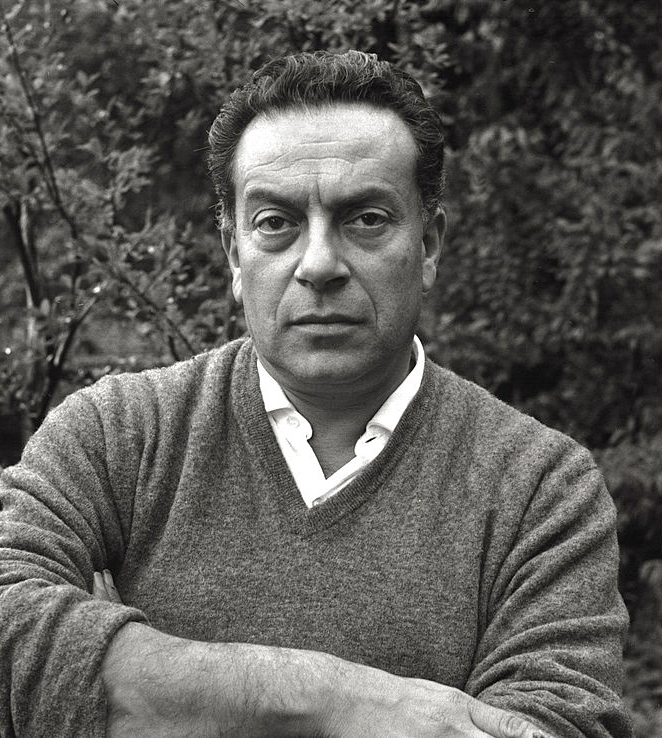
Renato Guttuso
Renato Guttuso, an Italian painter born on December 26, 1911, is known for his notable works such as Flight from Etna (1938-39), Crucifixion (1941), and La Vucciria (1974). In addition to painting, he designed sets and costumes for theater productions, including Histoire du Soldat in Rome in 1940, and also created illustrations for books, such as Elizabeth David's Italian Food (1954), which gained him recognition in the English-speaking world. Guttuso started as an Expressionist artist and often depicted the harsh light of his native land, moving on to paint landscapes and social commentary.
Guttuso was born in Bagheria, Sicily, and initially joined the Gruppo universitario fascista in his youth. However, he later became an anti-fascist and atheist and joined the banned Italian Communist Party in 1940. He left Rome to participate in the partisan struggle in 1943 and was an opponent of the Mafia. In 1972, Guttuso was awarded the Lenin Peace Prize, and in 1976, he was elected to the Italian Senate as a PCI representative for the Sicilian constituency of Sciacca.
Guttuso's expressionism became stronger, and he started painting more scenes of nature, including flower, lemon, and olive trees. These paintings were often inspired by the myth and island insularity of the environment. In 1931, his works were showcased at the Quadriennale expo, and he joined a collective of six Sicilian painters, which was acclaimed by the critic Franco Grasso as a "disclosure, a Sicilian affirmation." Back in Palermo, Guttuso opened a studio in Pisani street and formed the Gruppo dei Quattro (The Group of Four) with painter Lia Pasqualino and sculptors Barbera and Nino Franchina.
Guttuso became a member of an artistic movement named "Corrente," which stood for free and open attitudes and was opposed to official culture. The movement also took a strong anti-fascist position in thematic choices during the Spanish Civil War.
Years:
Born in 1911
Country:
Italy, Rome